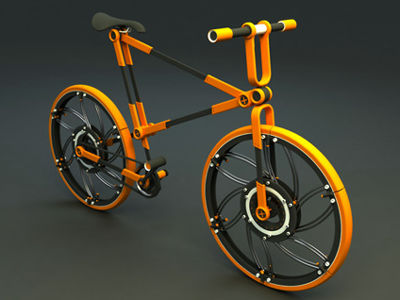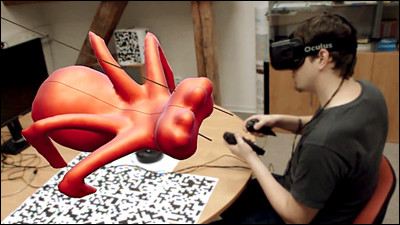A new mouse design that is less likely to cause wrist pain has been developed

The mouse, an essential tool for PC operation, often requires the wrist as a fulcrum for movement, which can lead to wrist discomfort and even tendonitis after prolonged use. While there are
Flexible Ergonomics: Can a Flexible Mouse Fix That Wrist Pain? | ACM Interactions
https://interactions.acm.org/archive/view/september-october-2025/flexible-ergonomics-can-a-flexible-mouse-fix-that-wrist-pain

Farewell to the computer mouse? Bizarre new designs could reduce wrist injuries, scientists say. | Live Science
https://www.livescience.com/technology/computing/farewell-to-the-computer-mouse-bizarre-new-designs-could-reduce-wrist-injuries-scientists-say
Frequent PC users spend a lot of time using the mouse, with some research showing that people spend three times as much time using the mouse as they do the keyboard. Pain associated with using a mouse is often linked to repetitive motion disorders, where repetitive movements of specific parts of the body, such as the wrist or fingers, can damage muscles, tendons, and nerves, resulting in pain and numbness. Researchers say that ergonomic mice and trackballs have not solved the problem of repetitive motion disorders.
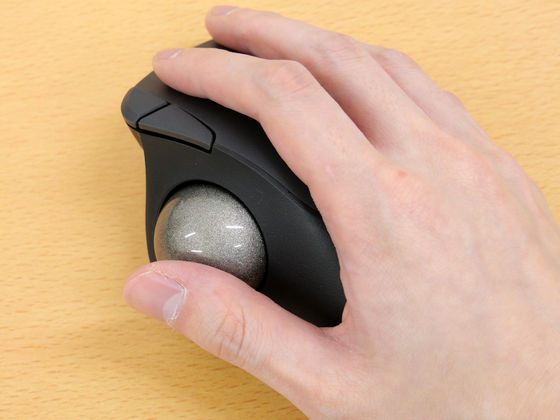
So, Berengeles and his colleagues proposed two mouse designs that deviated significantly from the typical mouse shape.
The first is the Fleximouse mouse, which has a mesh body. Researchers point out that the main cause of pain and discomfort when using a mouse is the fact that most mice are designed with a hard shell, whereas the Fleximouse mouse is made of a soft, deformable material.
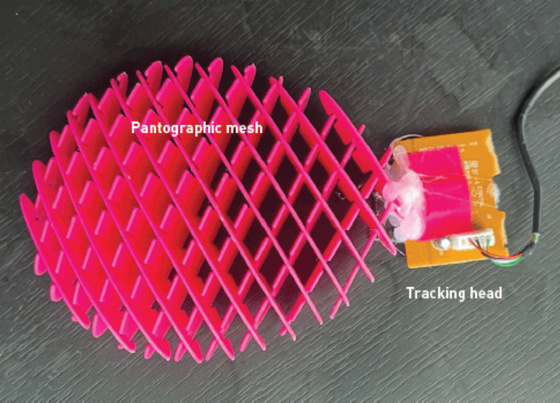
The Fleximouse concept is as follows: By moving the soft mesh with your fingertips, the optical tracking head moves, allowing you to move the pointer while keeping your wrist stationary. While the Fleximouse doesn't completely eliminate wrist movement, it does allow for a larger range of cursor movement without moving your wrist than a regular mouse, significantly reducing the number of times you have to adjust or lift your wrist.
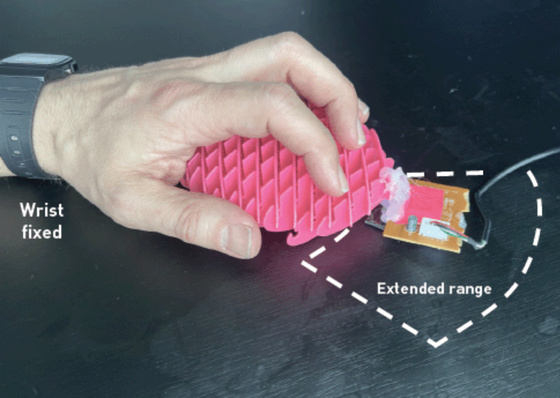
While the Fleximouse reduces strain on the wrist, it has many moving parts that make it more fragile, and the optical tracking head, which is usually on the back of the mouse, protrudes forward, making it larger. So, in collaboration with Tony Yu of the Melbourne School of Design, an Australian architecture and construction research institute, they evolved the design into one that could be manufactured.
The resulting prototype is the 'A-frame hinge mouse.' The A-frame hinge mouse isn't a typical mouse that sits flat on a desk, but instead has an A-shaped frame that stands up. By going from a flat to a standing position, not only does it reduce the amount of space it takes up, but it also improves the way the two bones in your forearm intersect when using the mouse, reducing pain.
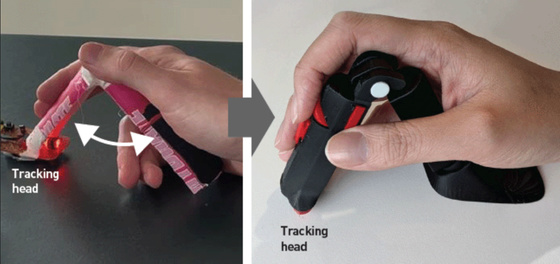
The Fleximouse and A-frame hinged mice were tested by 28 students at the Royal Institute of Technology in Sweden, including gamers who frequently use mice, and feedback was collected. The feedback was mixed. Some students praised the Fleximouse as a 'fun new mouse' because it eliminated the need for frequent wrist movements. Others complained that the mouse's operation speed was reduced by about 25% and that the lack of familiar mouse features, such as a scroll wheel, was unsatisfactory. Researchers also found that A-frame hinged mice presented issues with fit, with slight differences in hand size affecting the comfort and naturalness of the grip.
While the new mouse design significantly reduced wrist movement, a key factor in pain and discomfort, further work is needed to fine-tune the flexible design, making it easier to grip and more adjustable. 'The idea of customizing and personalizing your PC mouse, just like your clothes, is getting closer to reality,' the research team said.
Related Posts:

